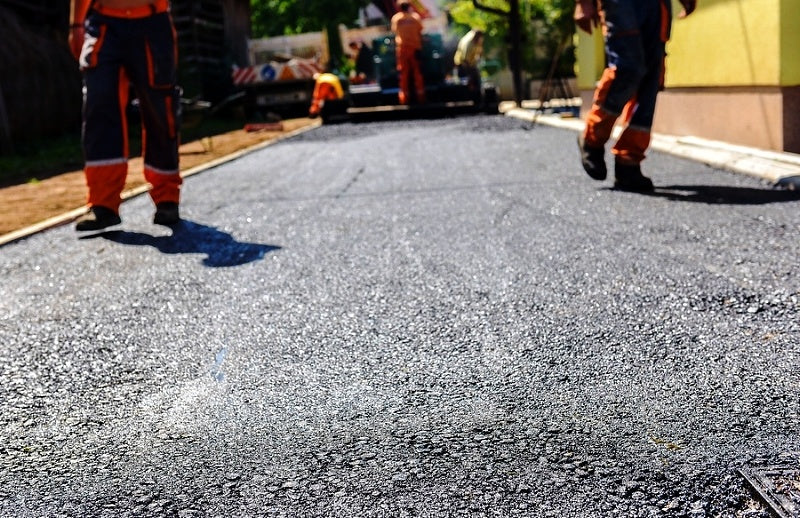
Every winter, thousands of seniors injure themselves while shoveling snow, with slips, falls, hypothermia, frostbite, and muscle strain the usual causes.
Rather than risk injury, many seniors prefer to hire someone—or ask a friend or neighbor—to shovel them out. Others avoid risk by installing a heated driveway or using snow-melting mats on outdoor surfaces. For those of you who are healthy enough and have the inclination to shovel your own snow, it’s important to make sure that you use a proper snow shovel. It can make the difference for a safe and efficient outcome.
Here are some tips for choosing the best snow shovel for seniors:
1. Look for a lightweight shovel
Look for a smaller, lighter shovel that will put less strain on your back and heart while you're shoveling. Plastic blades are lighter than metal, and snow doesn’t stick to plastic the way it does to metal. To keep the plastic from becoming brittle and breaking over time, make sure to store your shovel indoors and away from the cold, heat, and light.
2. Consider the blade shape
A flat-bladed shovel is best for chopping out deep layers of snow one layer at a time while a rounded blade is better for both pushing and lifting snow. As much as possible, you should stick to pushing snow rather than lifting it in order to reduce strain. However, sometimes you might need a flat blade, so it can be a good idea to have both.
3. Test the shovel before purchase
You need to feel a snow shovel in your hands and go through the motions of shoveling snow in order to know if it's light, easy to maneuver, and the right length for you. You should also test the diameter of the handle, since it will affect your grip. And, if the handle is wooden, be sure that it is smooth and of high quality so that it doesn’t cause splinters.
4. Get an ergonomic handle
An ergonomically designed handle (with a sharp curve) greatly reduces the number of times you need to bend down while shoveling snow. This curve might make it harder to lift heavy loads of snow, but lifting is something seniors should avoid, at any rate.
5. Consider a non-traditional shovel
Newer snow-shovel models are designed with innovations such as double handles (to maximize leverage) and wheeled handles (to help you shovel faster). You can also find "electric snow shovels," which work like miniature snow blowers. Try out these new models for comfort and efficacy—you may find something that’s just right.
6. Invest in a few accessories
A strong-bristled push broom will push off light dustings of snow while a long-handled scraper tool can help you chip away ice without squatting. You should also use a little sand and de-icer to create traction and prevent black ice formation after shoveling is complete.
7. Keep a compact shovel in your car
You should keep a small plastic shovel with a foldable handle in your car in case of an emergency. Getting stuck in a snow drift while away from home (and away from your snow shovels) is a very real danger.
Shoveling snow can put a lot of strain on your back and heart. But seniors can reduce the risk of injury by following these tips for choosing the right snow shovel.


